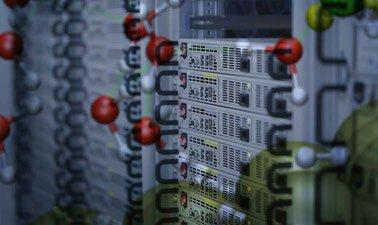MOOC List is learner-supported. When you buy through links on our site, we may earn an affiliate commission.

MOOC List is learner-supported. When you buy through links on our site, we may earn an affiliate commission.
Material science plays a central role in the development of technical foundations even in the 21st century. The traditional empirical methodology of research alone does not meet the modern requirement for a rapidly changing society to ensure society that is environmentally friendly and resource-conserving. The computational materials design approach is expected to be a breakthrough to overcome these barriers.
Computational materials design refers to the theoretical design and optimization of materials with the desired property and function. It involves the efficient use of computational techniques to simulate materials based on the basic quantum theory.
The purpose of this course is to analyze the present status and possibilities of computational materials design and to implement a new paradigm of material science by learning basic cutting-edge computational methods and exercising materials design using quantum simulation program codes.
This course will focus on the basics of quantum simulations and their application to chemical reactions, semiconductor spintronics, carbon functional nanomaterials, dynamics at surfaces, strongly correlated and superconducting materials, materials informatics, and parallel computing on the world’s fastest supercomputers.
The layout of the course and the presenters of the modules are listed as follows.
1. Yoshitada Morikawa: Introduction
2. Yoshitada Morikawa: Design of Chemical Reactions at Interfaces
3. Kazunori Sato: Design of Magnetic Materials for Spintronics
4. Koichi Kusakabe: Carbon Functional Materials
5. Wilson Agerico Dino: Surface/Interface as a Playground/Foundation
for Realizing Designer Materials & Processes
6. Kazuhiko Kuroki: Strongly Correlated and Superconducting Materials
7. Tamio Oguchi: Development of Materials Informatics Tools
8. Masaaki Geshi: Introduction to High-Performance Computing
What you'll learn
You will learn the basics of quantum simulations and their application to chemical reactions, semiconductor spintronics, carbon functional nanomaterials, dynamics at surfaces, strongly correlated and superconducting materials, materials informatics, and parallel computing on the world’s fastest supercomputers.
Syllabus
The course consists of eight lectures and one session on discussion and debate.
1. Introduction
2. Design of Chemical Reactions at Interfaces
3. Design of Magnetic Materials for Spintronics
4. Carbon Functional Materials
5. Surface/Interface as a Playground/Foundation for Realizing Designer Materials & Processes
6. Strongly Correlated and Superconducting Materials
7. Development of Materials Informatics Tools
8. Introduction to High-Performance Computing
MOOC List is learner-supported. When you buy through links on our site, we may earn an affiliate commission.
MOOC List is learner-supported. When you buy through links on our site, we may earn an affiliate commission.
